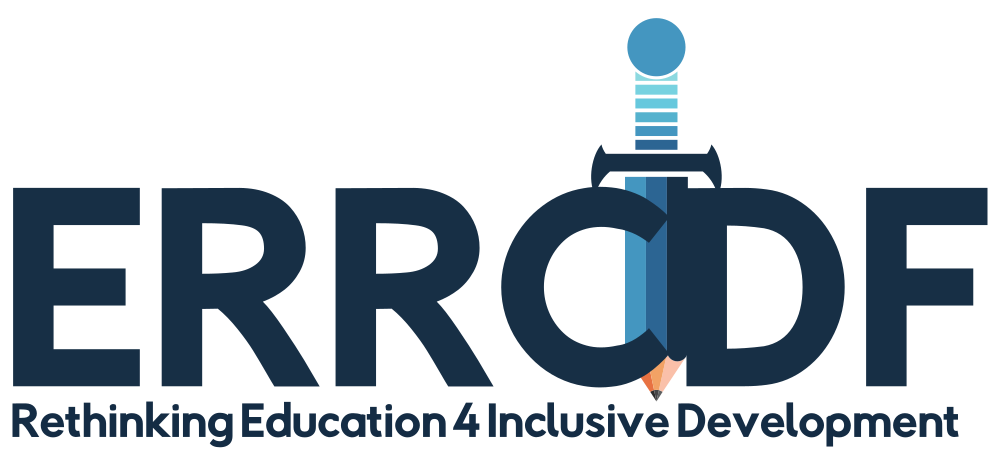Chapter 13: Experiential learning in classrooms
DOI:
https://doi.org/10.38140/obp1-2024-13Keywords:
Experiential learning, reflective learning, concrete experience, participatory learningAbstract
Chapter 13, titled "Experiential Learning in Classrooms", presents the concept of experiential learning, which is a process in which new information is comprehended by the learner and transformed through experience. In the context of learning through experience, this process is triggered by learners’ authentic experiences. Experiential learning is, therefore, ‘situated’ in a context relevant to the learners’ future careers. In experiential learning, the teacher creates a learning atmosphere that enhances the capacity of the learner. Drawing from Kolb’s experiential learning model, which posits that the learner will have a new “concrete experience” with continuous learning, reflection, and improvement, the teacher can expect to see higher retention of knowledge and the natural refinement of soft skills. The chapter covers techniques for preparing for productive experiential learning, as well as the advantages and disadvantages of this approach. Additionally, it offers guidance on the do's and don’ts of lesson preparation informed by experiential learning. The chapter also provides practical case studies that exemplify the application of experiential learning in classrooms.
References
Bartle, E. (2015). Experiential learning: an overview. Institute for teaching and learning innovation, University of Queensland.
Bhasin, H. (2019, December 22). Experiential learning: Definition, meaning, elements, examples. Marketing91. https://www.marketing91.com/experiential-learning-definition-meaning-elements-examples/
Bordia, D. (2022, July 8). How to implement experiential learning in schools. Teachmint. https://blog.teachmint.com/how-to-implement-experiential-learning-in-schools/
Honary, E. (2019, December 9). How to Apply Experiential Learning. Skillsconverged.
https://www.skillsconverged.com/blogs/train-the-trainer/how-to-apply-experiential-learning
Lynch, M. (2019). The secret science of learning: 5 dos and don’ts. Theedadvocate.
https://www.theedadvocate.org/the-secret-science-of-learning-5-dos-and-donts/#:~:text
Northern Illinois University Centre for Innovative Teaching and Learning (2012). Experiential learning. Centre for Innovative Teaching and Learning.
Dewey, J. (1938). The determination of ultimate values or aims through antecedent or a priori speculation or through pragmatic or empirical inquiry. Teachers College Record, 39(10), 471-485.
Hawtrey, K. (2007). Using experiential learning techniques. The Journal of Economic Education, 38(2), 143-152.
Kolb, D. A. (2014). Experiential learning: Experience as the source of learning and development. FT press.
Krbec, D., & Currie, D. (2010). Advantages of experiential learning in development of international economics and business study programs. Economic Research, 23(3), 121-133.
Lee, P., & Caffarella, R. (1994). Methods and techniques for engaging learners in experiential learning activities. In L. Jackson (Ed.), Applying experiential learning in college teaching and assessment: A process model (pp. 28-92). University of Northern Colorado.
Lewis, L. H., & Williams, C. J. (1994). Experiential learning: Past and present. New Directions for Adult and Continuing Education, 62, 5-16.
Morris, T. H. (2020). Experiential learning: A systematic review and revision of Kolb’s model. Interactive Learning Environments, 28(8), 1064-1077.
Senge, P. M. (2006). The fifth discipline: The art and practice of the learning organization. Broadway Business.
Spencer, R. W., & Van Eynde, D. F. (1986). Experiential learning in economics. The Journal of Economic Education, 17(4), 289-294.
Yardley, S., Teunissen, P. W., & Dornan, T. (2012). Experiential learning: AMEE guide No. 63. Medical Teacher, 34(2), 102-115.
Downloads
Published
Issue
Section
License
Copyright (c) 2024 Buhle Stella Nhlumayo, Ifeoma Rose-Ann Eze

This work is licensed under a Creative Commons Attribution 4.0 International License.









